
- •Operative Cranial Neurosurgical Anatomy
- •Contents
- •Foreword
- •Preface
- •Contributors
- •1 Training Models in Neurosurgery
- •2 Assessment of Surgical Exposure
- •3 Anatomical Landmarks and Cranial Anthropometry
- •4 Presurgical Planning By Images
- •5 Patient Positioning
- •6 Fundamentals of Cranial Neurosurgery
- •7 Skin Incisions, Head and Neck Soft-Tissue Dissection
- •8 Techniques of Temporal Muscle Dissection
- •9 Intraoperative Imaging
- •10 Precaruncular Approach to the Medial Orbit and Central Skull Base
- •11 Supraorbital Approach
- •12 Trans-Ciliar Approach
- •13 Lateral Orbitotomy
- •14 Frontal and Bifrontal Approach
- •15 Frontotemporal and Pterional Approach
- •16 Mini-Pterional Approach
- •17 Combined Orbito-Zygomatic Approaches
- •18 Midline Interhemispheric Approach
- •19 Temporal Approach and Variants
- •20 Intradural Subtemporal Approach
- •21 Extradural Subtemporal Transzygomatic Approach
- •22 Occipital Approach
- •23 Supracerebellar Infratentorial Approach
- •24 Endoscopic Approach to Pineal Region
- •25 Midline Suboccipital Approach
- •26 Retrosigmoid Approach
- •27 Endoscopic Retrosigmoid Approach
- •29 Trans-Frontal-Sinus Subcranial Approach
- •30 Transbasal and Extended Subfrontal Bilateral Approach
- •32 Surgical Anatomy of the Petrous Bone
- •33 Anterior Petrosectomy
- •34 Presigmoid Retrolabyrinthine Approach
- •36 Nasal Surgical Anatomy
- •37 Microscopic Endonasal and Sublabial Approach
- •38 Endoscopic Endonasal Transphenoidal Approach
- •39 Expanded Endoscopic Endonasal Approach
- •41 Endoscopic Endonasal Odontoidectomy
- •42 Endoscopic Transoral Approach
- •43 Transmaxillary Approaches
- •44 Transmaxillary Transpterygoid Approach
- •45 Endoscopic Endonasal Transclival Approach with Transcondylar Extension
- •46 Endoscopic Endonasal Transmaxillary Approach to the Vidian Canal and Meckel’s Cave
- •48 High Flow Bypass (Common Carotid Artery – Middle Cerebral Artery)
- •50 Anthropometry for Ventricular Puncture
- •51 Ventricular-Peritoneal Shunt
- •52 Endoscopic Septostomy
- •Index

30 Transbasal and Extended Subfrontal Bilateral Approach
Harminder Singh, Mehdi Zeinalizadeh, Harley Brito da Silva, and Laligam N. Sekhar
30.1 Indications
•The transbasal approach is a transcranial extradural anterior approach to the midline anterior skull base, sellar region-su- prasellar region, and clivus.
•It is considered the workhorse for removing a variety of benign and malignant tumors of the anterior skull base.
•Anterior skull base pathology extending intradurally can also be resected via this approach.
•Pathology: Chordomas, chondrosarcomas, meningiomas, craniopharyngiomas, sino-nasal malignancies with cranial extension.
30.3 Skin Incision (Fig. 30.2)
•Bifrontal curvilinear incision
○Starting point: Incision starts at the level of the zygoma.
○Course: It runs behind the hairline, preferably 2 cm posterior to the proposed edge of the craniotomy, so that the skin incision does not overlie the bony opening.
○Ending point: It ends at the contralateral zygoma.
•Variations
○Bow shaped incision (yellow dotted line–Fig. 30.2)
○Zig-zag incision (red dotted line–Fig. 30.2)
30.2 Patient Positioning (Fig. 30.1)
•Pre-positioning: A spinal drain or a frontal ventriculostomy is inserted for brain relaxation.
•Position: The patient is positioned supine with the head fxed in a Mayfeld head holder.
•Head: The head is translated up and slightly extended to allow the frontal lobes to fall away from the skull base.
•The glabella must be the highest point in the surgical feld.
30.4 Soft Tissue Dissection
•Myofascial level (Fig. 30.3)
○The scalp fap along with the pericranium is refected inferiorly over the face.
○The temporal fascia is sharply incised, and further dissection is carried inferiorly in an interfascial or subfascial plane to protect the branches of the facial nerve.
Fig. 30.1 (A,B) Patient head positioning in a
Ma ld head-holder.
Fig. 30.2 (A,B) Variations in incision planning. Curvilinear incision (black solid line), bow-shaped incision (yellow dotted line), zig-zag incision (red dotted line).
177
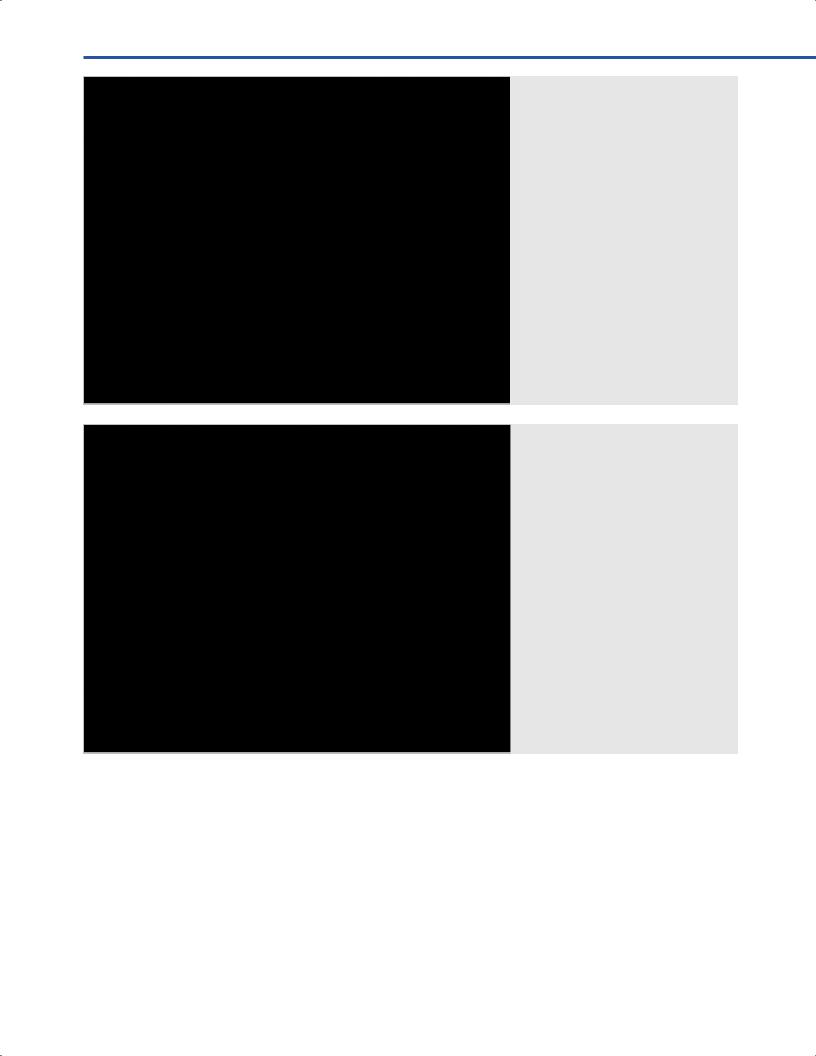
III Cranial Approaches
○The branches of the facial nerve travel through the superfcial fat pad, which lies in the plane between the superfcial temporal fascia and the scalp.
○The superfcial temporal fascia and fat pad are refected inferiorly together with the scalp.
○The orbital rims are exposed bilaterally, and the supraorbital nerves are mobilized out of the supraorbital notches and refected inferiorly with the scalp
(Fig. 30.4).
○The temporal muscle and fascia over the keyhole is sharply incised and pushed inferiorly to create space for placement of a burr hole.
Fig. 30.3 Myofascial soft tissue dissection, with preservation of the branches of the facial nerve.
Abbreviations: DTF = deep temporal fascia; E = ear; FB = frontal bone; FP = fat pad; IFD = inter-fascial dissection; P = pericranium; STF al temporal fascia.
Fig. 30.4 Dissection of the supraorbital nerves, and craniotomy planning. Abbreviations: FB = frontal bone; KH = keyhole; P = pericranium; SN = supraorbital nerve.
30.4.1 Critical Structures
•Facial nerve branches.
•Supraorbital nerves.
30.5 Craniotomy
30.5.1 Bifrontal Craniotomy
•Burr holes (Fig. 30.4)
○ One over each keyhole.
178
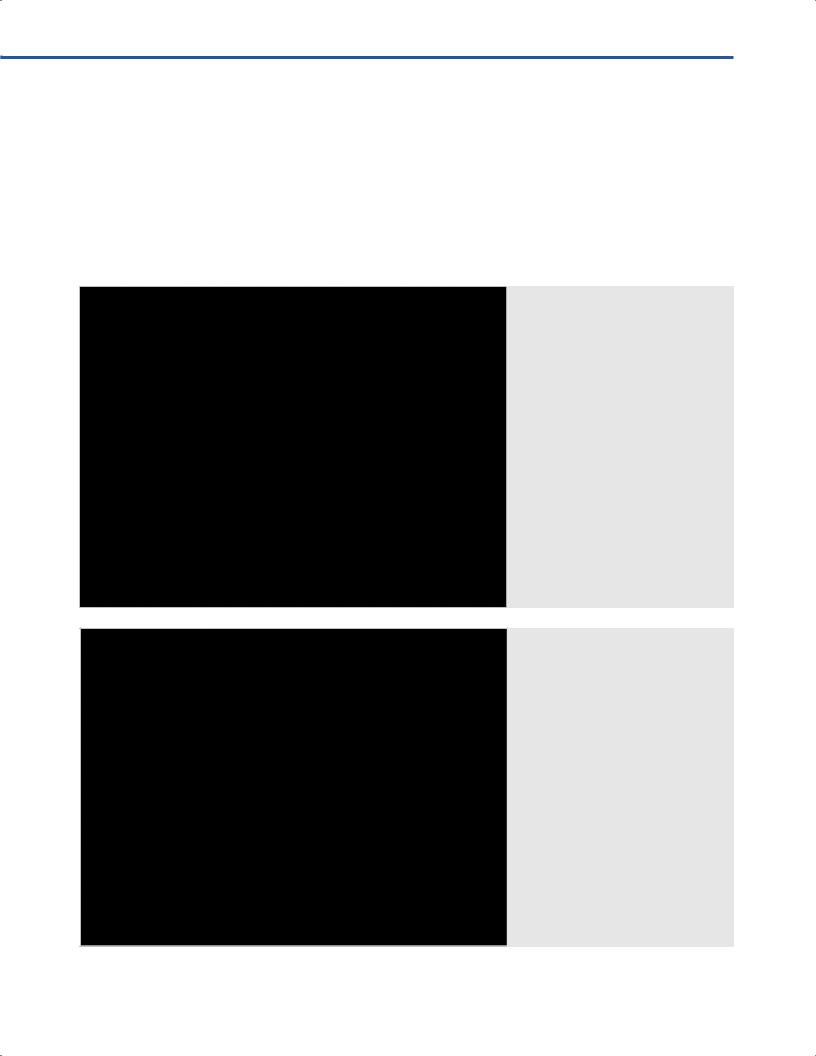
30 Transbasal and Extended Subfrontal Bilateral Approach
○One over the frontal sinus, slightly superior to the orbital rim and medial to the superior sagittal sinus (dotted line).
○One anterior to the coronal suture in a parasagittal location.
•Craniotomy
○A unifrontal craniotomy fap is turned using a craniotome (Fig. 30.5).
○The dura over the superior sagittal sinus is stripped from the overlying bone using a Penfeld under direct tangential view (Fig. 30.5).
○The craniotomy is extended to the contralateral keyhole for a bi-frontal craniotomy (Fig. 30.6).
○The edge of the craniotomy is kept at least 2 cm in front of
the skin incision to facilitate wound healing and reduce the incidence of infection.
•Orbitofrontal osteotomy
○With spinal fuid drainage, the dura mater of the anterior fossa is dissected from the anterior cranial base bilaterally.
○Similarly, the periorbit is dissected from the roof of the orbit.
○Osteotomy cuts are made with a reciprocating saw near the nasofrontal suture to the crista galli, and through the roof of the orbits and laterally to the orbital rims
(Figs. 30.7,30.8).
○An alternate smaller orbitofrontal osteotomy cut is shown with red dotted lines (Fig. 30.7).
Fig. 30.5 Unifrontal craniotomy, with stripping of the superior sagittal sinus under tangential view (insert).
Abbreviations: FB = frontal bone; FD = frontal dura; KH = keyhole; P = pericranium;
SN = supraorbital nerve; TM = temporal muscle.
Fig. 30.6 Bifrontal craniotomy. Abbreviations: CS = coronal suture; FD = frontal dura; FS = frontal sinus; KH = keyhole; P = pericranium; SSS = superior sagittal sinus; TM = temporal muscle.
179

III Cranial Approaches
Fig. 30.7 Orbitofrontal osteotomy
cuts (blue dotted lines). Alternate smaller orbitofrontal osteotomy cuts are shown with red dotted lines.
Abbreviations: FD = frontal dura;
KH = keyhole; NFS = nasofrontal suture; SN = supraorbital nerve; SSS = superior sagittal sinus; TM = temporal muscle.
Fig. 30.8 Removal of the naso-orbital bar (insert).
Abbreviations: CG = crista galli; FD = frontal dura; NFD = nasofrontal duct; OR = orbital roof; P = pericranium; PO = periorbit;
SN = supraorbital nerve; TM = temporal muscle.
30.5.2 Dural Opening
•Dura is opened on both sides of the superior sagittal sinus and draped over the periorbit (Fig. 30.9).
•The superior sagittal sinus is tied of using a stitch and divided near the skull base. It can then be refected superiorly (Fig. 30.10).
Critical Structures
• Superior sagittal sinus.
30.6 Intradural/Extradural
Exposure (Figs. 30.11, 30.15)
•Parenchymal structures: Bilateral frontal lobes, pituitary stalk.
•Arachnoidal layer: Optic-carotid cistern, lamina terminalis.
•Cranial nerves: Optic nerve, third cranial nerve.
•Arteries: Carotid, ophthalmic, hypophyseal, A1 segment of the anterior cerebral artery (ACA), anterior communicating artery (AcoA), M1 segment of the middle cerebral artery (MCA).
•Veins: Cavernous sinus, intercavernous sinus.
180
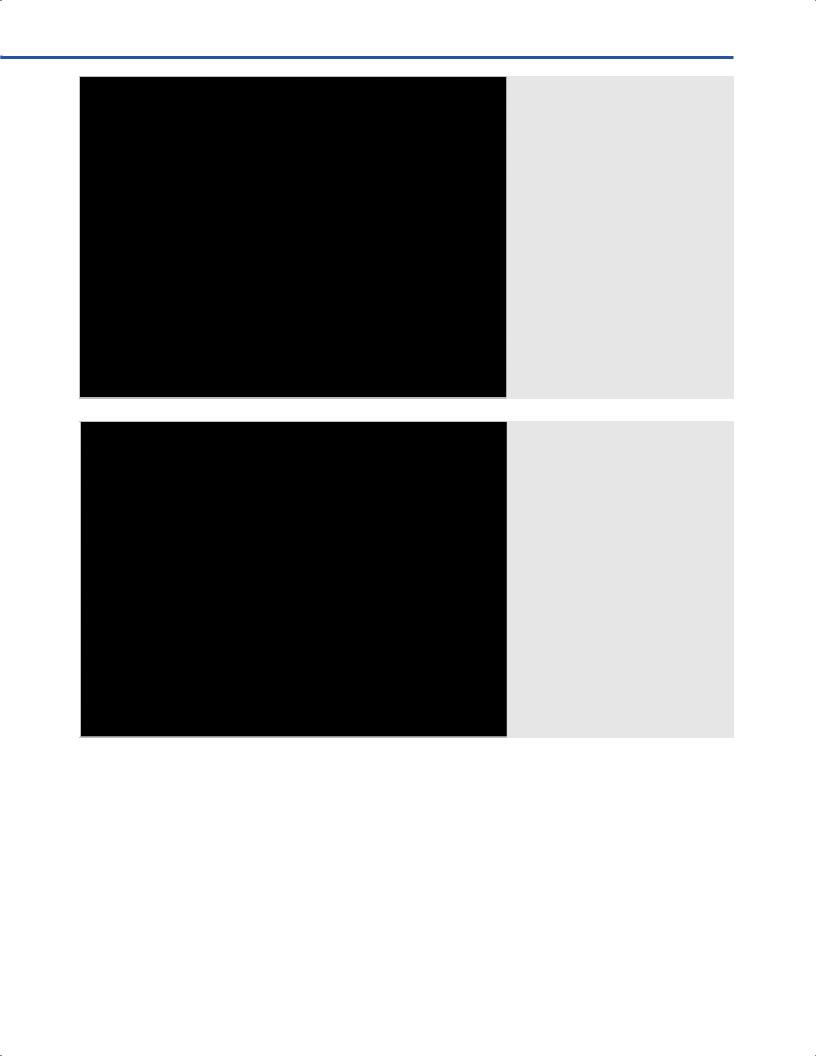
30 Transbasal and Extended Subfrontal Bilateral Approach
Fig. 30.9 Dural opening. |
|
Abbreviations: DF = dur |
ontal |
dura; LFL = left frontal lobe; NB = nasal bones; P = pericranium; RFL = right frontal lobe; SSS = superior sagittal sinus;
TM = temporal muscle.
Fig. 30.10 The superior sagittal sinus is tied,
cted superiorly.
Abbreviations: DF = dur ontal dura; LFL = left frontal lobe; NB = nasal bones; P = pericranium; RFL = right frontal lobe; SSS = superior sagittal sinus;
TM = temporal muscle.
30.7 Variations
•In an attempt to save olfaction, a dural sleeve can be cut around the olfactory nerves (Figs. 30.11,30.13).
•Once the bony osteotomy surrounding the dural sleeve is performed, the nasal septum and olfactory mucosa are divided and retracted up with the frontal dura. This preserves olfaction in many but not all patients.
•If the tumor invades into the cribriform plate, the osteotomy cut can be extended to the back of the cribriform plate, into the ethmoid (Fig. 30.12). Olfaction is thus sacrifced.
•Fig. 30.14 illustrates the craniotomy, osteotomy and ethmoid resection cuts in a sagittal plane.
30.8 Exposure of Cavernous Sinus –
Extradural (Figs. 30.15–30.17)
•After performing a sphenoidotomy and ethmoidectomy, the medial wall of the cavernous sinus can be exposed on either side.
•The medial wall of the cavernous sinus can be opened to expose the cavernous carotid siphon.
•The anterior intercavernous sinus can also be exposed. It travels between the folds of the diaphragma sellae and the sellar dural layer.
181
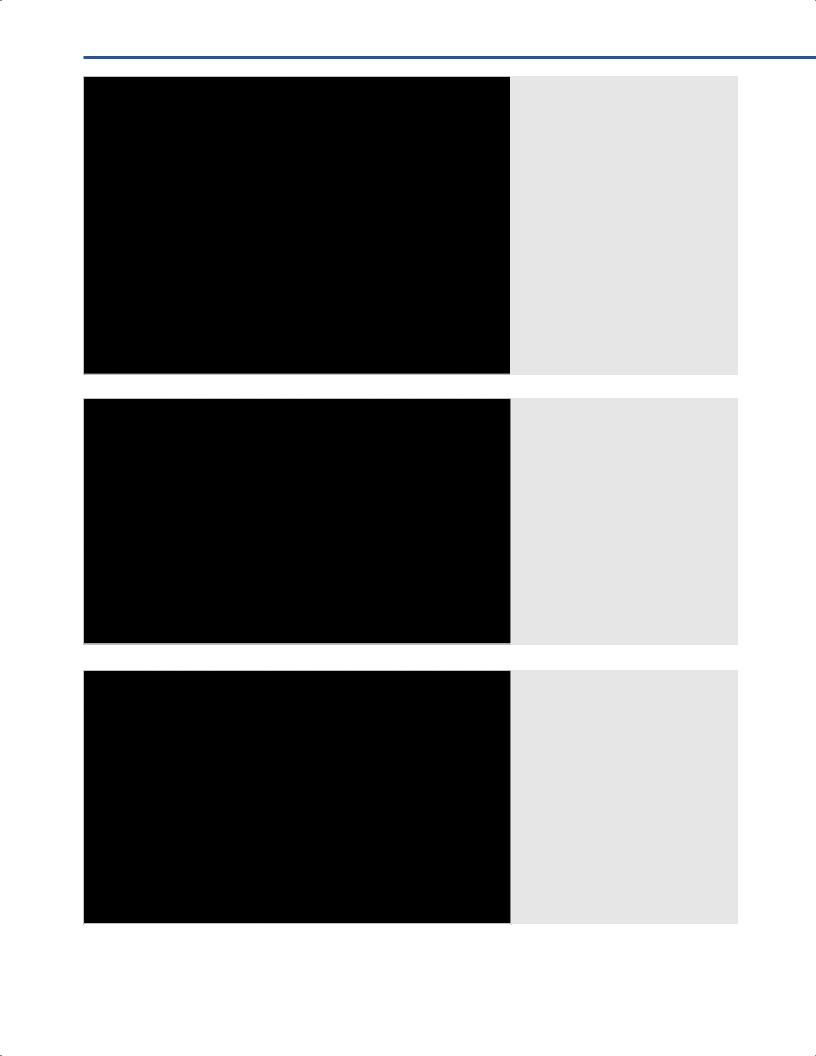
III Cranial Approaches
Fig. 30.11 Exposure of the cribriform plate and dura. A dural sleeve can be cut around the olfactory bulbs to preserve olfaction.
Abbreviations: CP = cribriform plate;
DF = dur ontal dura; LFL = left frontal lobe; NB = nasal bones; PL = planum; RFL = right frontal lobe; SSS = superior sagittal sinus.
Fig. 30.12 Diagrammatic representation of osteotomy cuts. No olfactory preservation. (Reproduced from Sekhar LN, Fessler
RG. Atlas of Neurosurgical Techniques: Brain. 2016. Thieme, New York).
Fig. 30.13 Diagrammatic representation of osteotomy cuts. Potential olfactory preservation. (Reproduced from Sekhar LN, Fessler RG. Atlas of Neurosurgical Techniques: Brain. 2016. Thieme, New York).
182
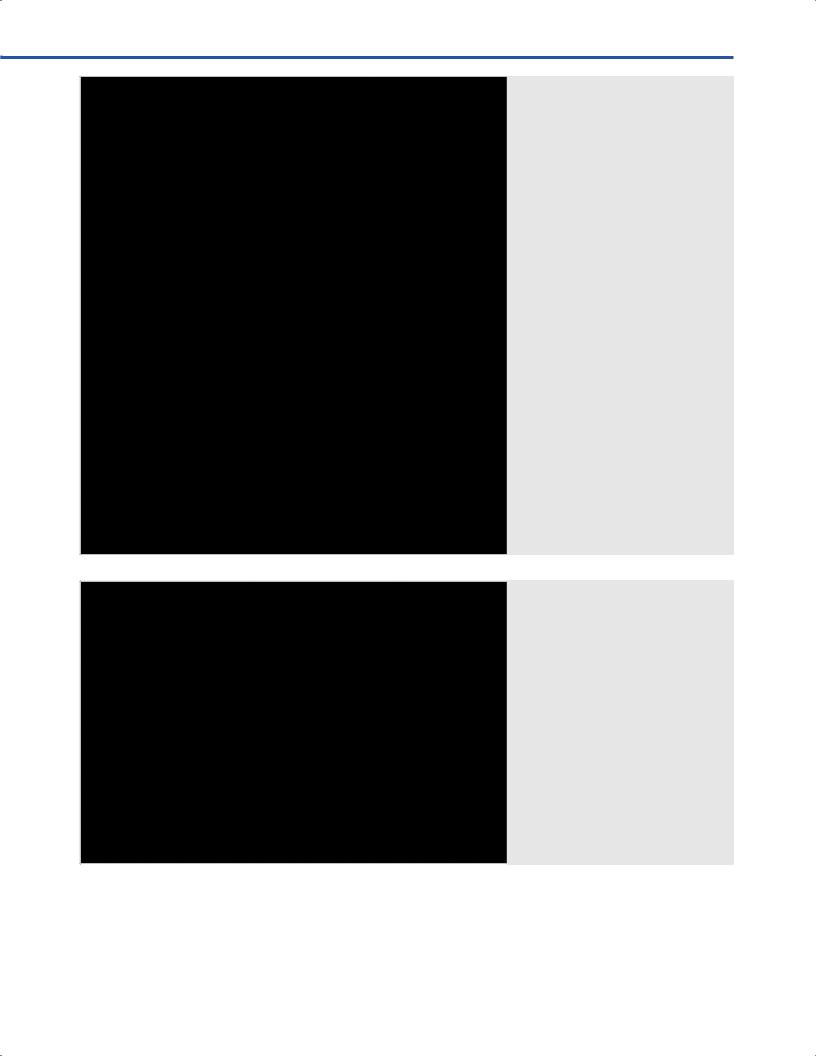
30 Transbasal and Extended Subfrontal Bilateral Approach
Fig. 30.14 Diagrammatic representation of craniotomy, osteotomy, and ethmoid resection cuts in a sagittal plane. A: extended subfrontal approach; B: craniotomy alone. (Reproduced from Sekhar LN, Fessler RG. Atlas of Neurosurgical Techniques: Brain. 2016. Thieme, New York.)
Fig. 30.15 Intradural and extradural exposure of anterior midline skull base. Abbreviations: AC = anterior clinoid;
DE = dural edge; FD = frontal dura; ICA = internal carotid artery; MWCS = medial wall of the cavernous sinus; OC = optic chiasm; ON = optic nerve; PS = pituitary stalk;
SEO = spheno-ethmoidal opening.
183

III Cranial Approaches
•The diaphragma sellae continues on laterally to become the distal dural ring (DDR), which marks the transition between the clinoid and ophthalmic segments of the internal carotid artery.
30.9 Pearls
•The brain must be very slack when doing this procedure extradurally. The senior author prefers a ventriculostomy over a lumbar drain, in addition to mannitol, furosemide, and hyperventilation.
•In patients older than 60 years, and those with hyperostosis frontalis interna, the dura may be very adherent to the bone, making the peeling of the dura and the superior sagittal sinus difcult.
•Olfactory preservation requires that all of the surrounding bone around the olfactory dural sleeve be carefully removed, and the olfactory mucosa be preserved.
•It has been described as an X-shaped approach: in order to view the contralateral side, one has to look from the ipsilateral orbit, which has been unroofed (Figs. 30.16,30.17).
•Cavernous sinus bleeding can be readily controlled by fbrin glue injection.
•The cavernous internal carotid artery (ICA) is usually exposed readily in the anterior vertical and posterior vertical segments, and then followed into the petrous bone.
•The dura mater can be opened to remove intradural clival tumor; care must be exercised around the basilar artery and its branches, as well as the abducens nerves. Any clival dural defect can be repaired with a fascial graft.
•The dorsum sellae is a blind spot with this approach. However, lesions in this region can be pulled inferiorly, dissected from the dura, and removed.
•Laterally, the approach is limited by the petrous apices.
•Inferiorly, one can reach as low as the atlas (C1), but inferolaterally, the hypoglossal nerves are the limit.
•Reconstruction of the skull base takes place using the vascularized pericranial fap, and free fat graft (Fig. 30.18).
•Enough orbital roof must be included in the osteotomy and preserved, in order to avoid enophthalmos.
Fig. 30.16 Extradural exposure of the right cavernous sinus, as seen from the contralateral (left) side.
Abbreviations: AIS = anterior intercavernous sinus; CCS = cavernous carotid siphon;
D = dura; DDR = distal dural ring;
DS = diaphragma sellae; ICA = internal carotid artery; OA = ophthalmic artery;
ON = optic nerve; PS = pituitary stalk; SHA = superior hypophiseal artery; SS = sphenoid sinus.
184
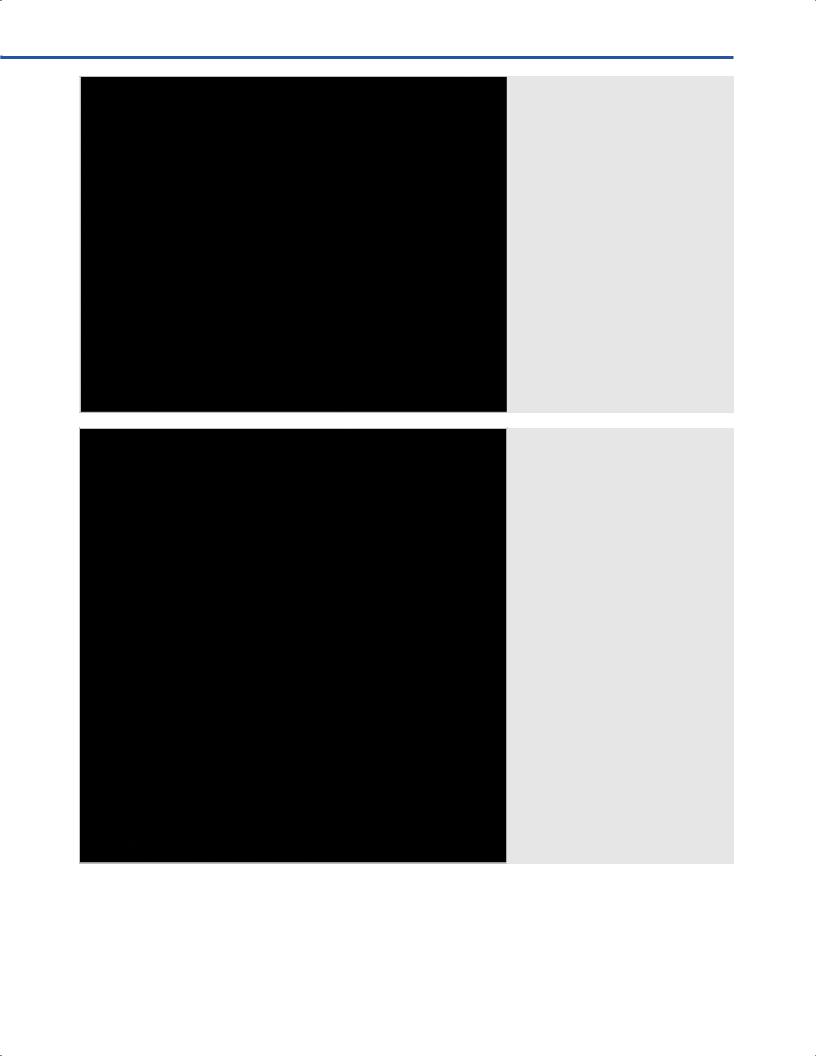
30 Transbasal and Extended Subfrontal Bilateral Approach
References
1.Chandler JP, Silva FE. Extended transbasal approach to skull base tumors. Technical nuances and review of the literature. Oncology (Williston Park) 2005;19(7):913–919, discussion 920, 923–925, 929
2.Ramakrishna R, Brito da Silva H, Ferreira M Jr, et al. Chordomas and chondrosarcomas. In: Sekhar LN, Fessler R, eds.
Fig. 30.17 Extradural exposure of the left cavernous sinus, as seen from the contralateral (right) side. Inset: Showing the ophthalmic artery and the distal dural ring. Abbreviations: AChA = anterior choroidal artery; CICA = cavernous carotid artery; DDR = distal dural ring; DS = diaphragma sellae; ICA = internal carotid artery;
OA = ophthalmic artery; ON = optic nerve; Pcom = posterior communicating artery.
Fig. 30.18 Diagrammatic representation of skull base reconstruction with fat graft and pericranium. (Reproduced from Sekhar LN, Fessler RG. Atlas of Neurosurgical Techniques: Brain. 2016. Thieme, New York).
Atlas of Neurosurgical Techniques, Brain. 2nd ed. New York,
NY: Thieme Medical Publishers;2015
3.Sekhar LN, Nanda A, Sen CN, Snyderman CN, Janecka IP. The extended frontal approach to tumors of the anterior, middle, and posterior skull base. J Neurosurg 1992;76(2):198–206
4.Terasaka S, Day JD, Fukushima T. Extended transbasal approach: anatomy, technique, and indications. Skull Base Surg 1999;9(3):177–184
185

31 Trauma Flap and Osteo-Dural Decompression
Techniques
Michele Bailo, Filippo Gagliardi, Alfo Spina, Cristian Gragnaniello, Anthony J. Caputy, and Pietro Mortini
31.1 Indications
•Acute subdural hematomas.
•Decompressive hemi-craniectomy for trauma or stroke with unilateral hemisphere swelling and midline shift.
31.2 Unilateral Craniectomy
31.2.1 Patient Positioning
•Position: Patient is positioned supine.
•Head: The head is fexed 10–15°, rotated 45° to the contralateral side (if no contraindications).
•In case of unstable cervical spine: hard collar has to be kept with ipsilateral shoulder roll; alternatively, the patient might be placed in the lateral position to keep neck in neutral position.
•Axillary roll is placed under the contralateral axilla.
•Ipsilateral shoulder is pulled down to maximize the opening between head and shoulder.
31.2.2 Skin Incision
•Reverse question-mark incision (Fig. 31.1)
○Starting point: Incision starts at the zygomatic arch, < 1 cm anterior to the tragus.
○Run: Incision line runs superiorly and then curves posteriorly at the level of top of the pinna till 4-8 cm behind the pinna, then it is taken superiorly. The incision resembles a
“reverse question-mark” shape.
○Ending point: It ends 1-2 cm lateral to the midline, behind the hairline.
○In case of scalp lacerations, it is advisable to try to incorporate them into the incision. Seek for foreign bodies and excise contused skin edges in elliptical fashion.
Critical Structures
•Branch of the facial nerve to the frontalis muscle.
•Branches of the superfcial temporal artery.
Fig. 31.1 Reverse question-mark skin incision.
Abbreviations: E = ear; M = midline.
186

31 Trauma Flap and Osteo-Dural Decompression Techniques
Fig. 31.2 Soft tissue dissection. Abbreviations: CS = coronal suture; E = ear; FB = frontal bone; PB = parietal bone;
al fascia; TMF = temporal muscle fascia.
31.2.3 Soft Tissues Dissection (Fig. 31.2)
•Myofascial level
○Myofascial level is incised according to skin incision.
•Muscles
○The periosteum and the temporal muscle are divided using monopolar electrocautery.
○Using periosteal elevator and monopolar electrocautery, the scalp fap is detached along with the temporal muscle and refected (as a single unit) antero-inferiorly.
Critical Structures
• Branch of the facial nerve to the frontalis muscle
31.2.4 Craniotomy/Craniectomy (Figs. 31.3, 31.4)
•Burr holes
○I: The frst burr hole is placed at the low temporal
area (temporal squama), right above the zygomatic arch.
○II: The second burr hole is made at the keyhole.
○III: The third burr hole might be placed, as preferred, along the planned craniotomy route.
•Craniotomy landmarks
○Anterior: Orbital rim.
○Lateral: Zygomatic arch.
○Medial: 1 cm from the midline, sagittal suture.
○Posterior: Lambdoid suture.
Critical Structures
•Parenchymal, pial vessels or dural sinuses injury when elevating depressed fractures.
•Dural sinuses.
31.2.5 Dural Opening (Figs. 31.5, 31.6)
• “Cruciate/stellate” or in a C-shaped fashion.
Critical Structures
• Brain cortex.
31.2.6 Intradural Exposure (Fig. 31.7)
•Parenchymal structures: Lateral aspect of frontal, temporal and parietal lobes.
•Arachnoidal layer: Sylvian fssure.
•Arteries: Middle cerebral artery.
•Veins: Superfcial Sylvian vein, superior and inferior anastomotic veins, cortical veins of the lateral surface.
31.3 Variants
31.3.1 Bilateral Frontal Craniectomy
•Indications: Bilateral brain swelling.
•Schematic representation in Fig. 31.8
•Full description in Chapter 14.
187
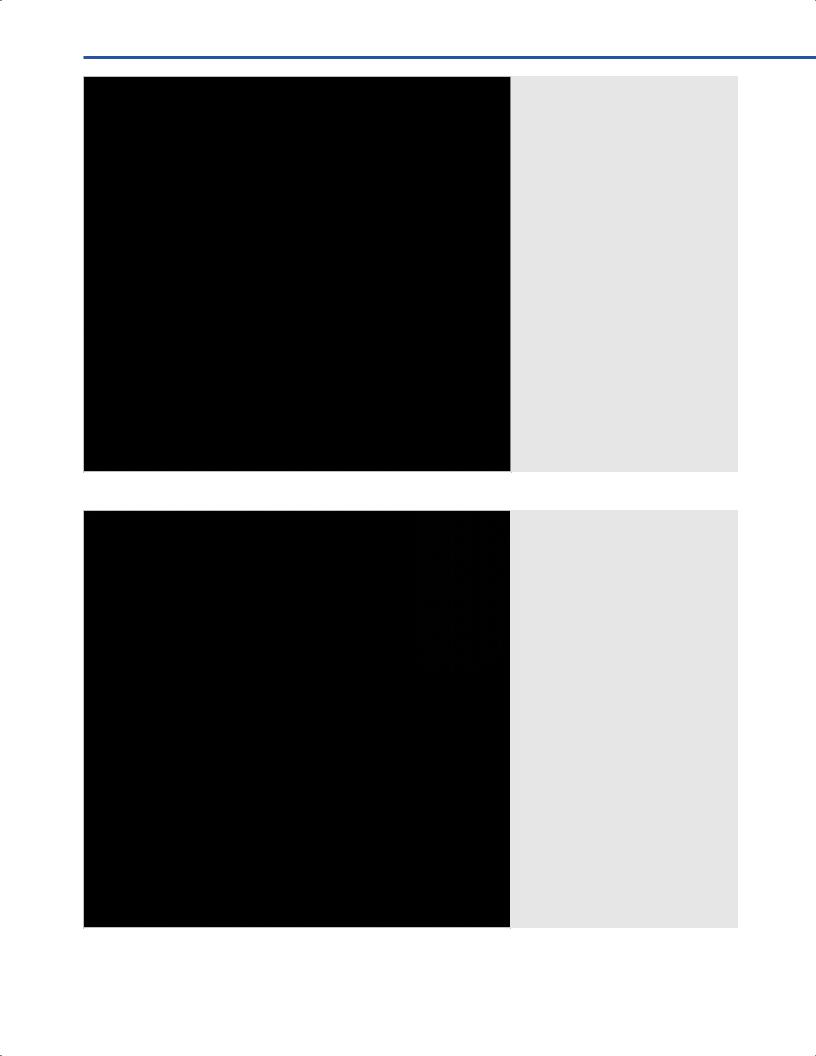
III Cranial Approaches
Fig. 31.3 Muscles dissection. Abbreviations: CS = coronal suture; E = ear; FB = frontal bone; PB = parietal bone;
al fascia; STL = superior temporal line; TM = temporal muscle; TSq = temporal squama.
Fig. 31.4 Craniotomy.
Abbreviations: st burr holes; II = second burr hole; III = third burr hole; red dotted line (craniotomy cuts direction); purple shape (craniectomy).
188
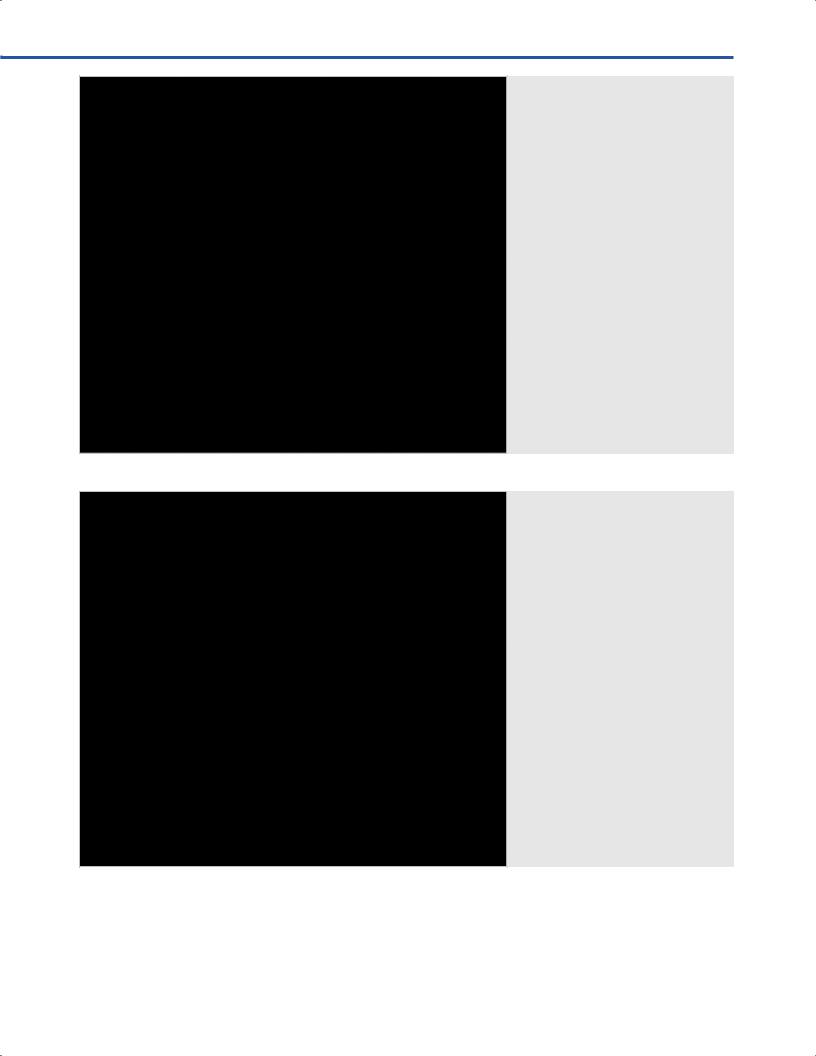
31 Trauma Flap and Osteo-Dural Decompression Techniques
Fig. 31.5 Dural opening.
Abbreviations: DM = dura mater; E = ear; MMA = middle meningeal artery;
al fascia; TF = temporal fascia; TM = temporal muscle.
Fig. 31.6 Exploratory openings through the dura mater.
Abbreviations: DM = dura mater; E = ear; MMA = middle meningeal artery;
al fascia; TF = temporal fascia; TM = temporal muscle.
189
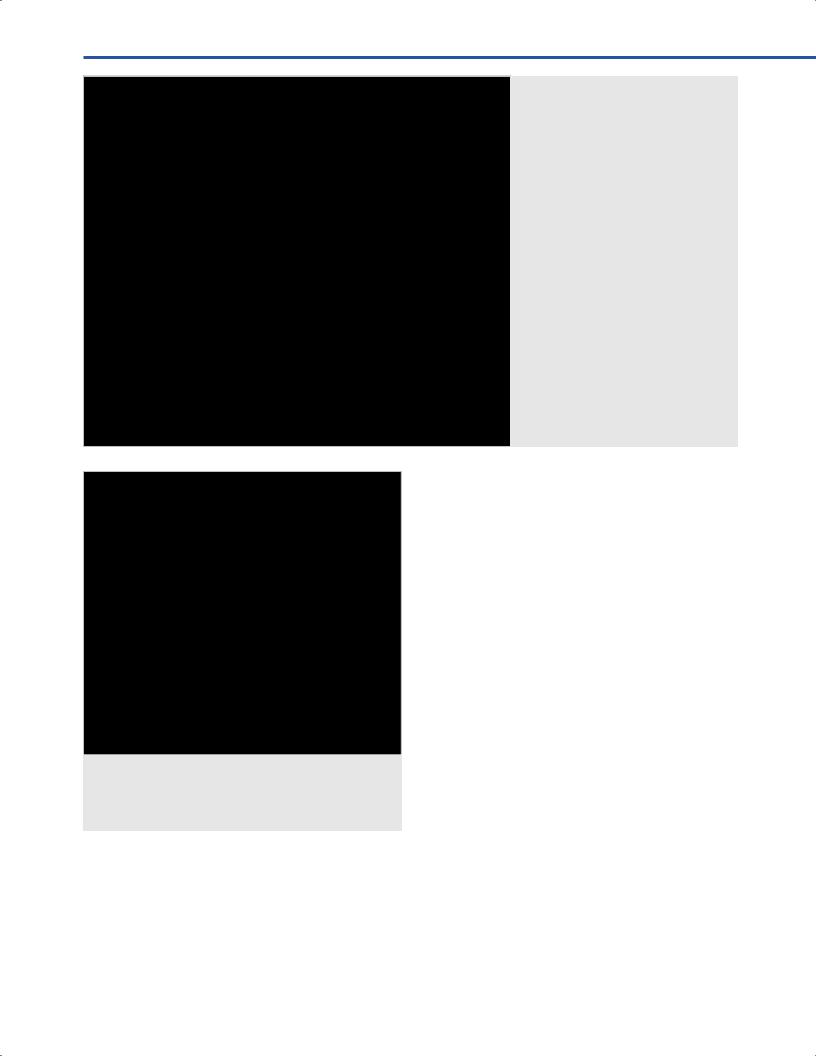
III Cranial Approaches
Fig. 31.7 Intradural exposure. Abbreviations: BC = blood collection in the subdural space; E = ear; FL = frontal lobe; OC = occipital lobe; PL = parietal lobe;
al fascia; TF = temporal fascia; TL = temporal lobe; TM = temporal muscle.
Fig. 31.8 Schematic picture resembling decompressing bifrontal craniectomy.
Abbreviations: st burr holes; II = second burr hole; blue dotted line (skin incision); red dotted line (craniotomy cuts direction); purple shape (craniectomy).
190

31 Trauma Flap and Osteo-Dural Decompression Techniques
31.3.2 Posterior Fossa Decompression
•Indications: Cerebellar swelling/hematoma.
•Schematic representation in Fig. 31.9
•Full description in Chapter 25.
References
1.Adewumi D, Colohan A. Decompressive craniectomy: surgical indications, clinical considerations and rationale. INTECH Open Access Publisher;2012
Fig. 31.9 Schematic picture resembling decompressive sub-occipital craniectomy. Abbreviations: AST = asterion; EOC = external occipital crest; LS = lambdoid suture;
SSS = superior sagittal sinus; TS = transverse sinus st burr holes; II = second burr
holes; blue dotted line (skin incision); red dotted line (craniotomy cuts direction); purple shape (craniectomy).
2.Connolly ES, McKhann GM, Huang J. Fundamentals of Operative Techniques in Neurosurgery. New York, NY: Thieme Medical Publishers;2011
3.Greenberg MS. Handbook of Neurosurgery. New York, NY: Thieme Medical Publishers;2010
4.Jandial R, McCormick P, Black PM. Core techniques in operative neurosurgery. Philadelphia, PA: Elsevier Health Sciences;2011
191
